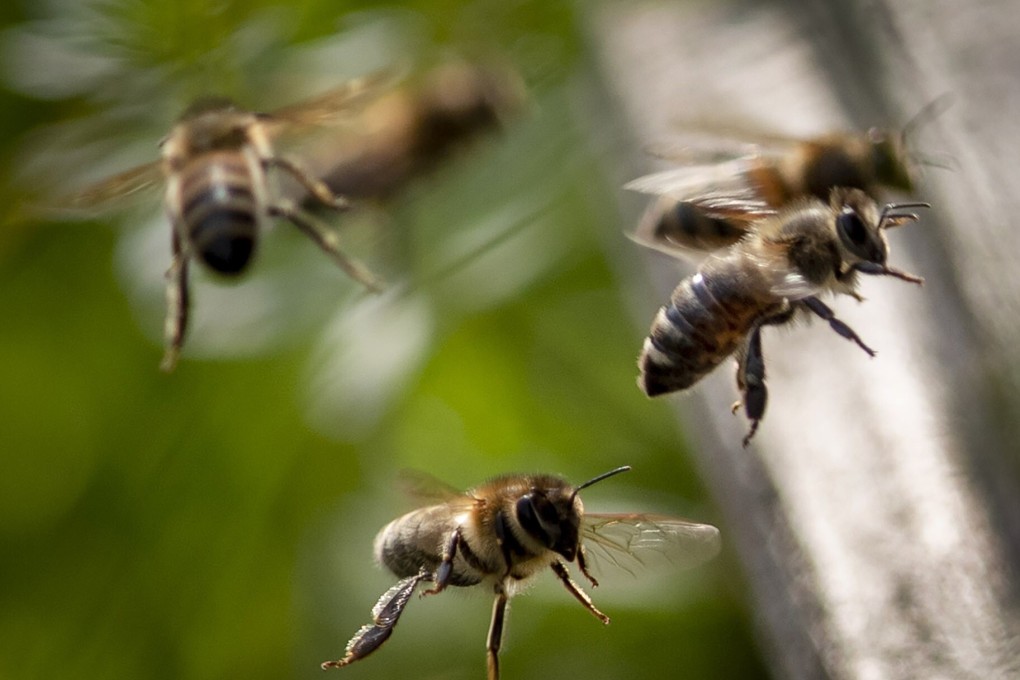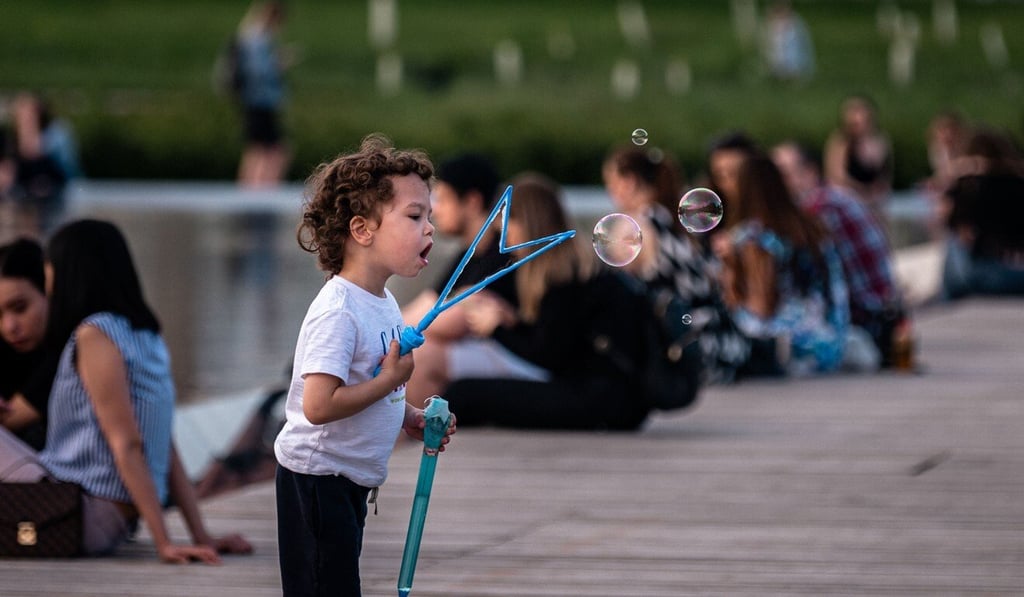Forget bees, use flying soap bubbles to pollinate plants and save world from starvation: Japan study
- Bees still play a crucial role in modern farming, but intensifying threats this century have led to the death of millions of colonies globally
- The study is thought to be the first exploring the properties of soap bubbles as pollen carriers, and to then link the concept to autonomous drones

Flying robots equipped with bubble guns could one day help save our planet.
That’s according to a study published in the journal iScience on Wednesday by a Japanese scientist who successfully demonstrated that soap bubbles can be used to pollinate fruit-bearing plants – seen as vital to keeping the world fed in the coming decades in the face of vanishing bee populations.
Ejiro Miyako, an associate professor at the Japan Advanced Institute of Science and Technology in Nomi, said he had been working on robotic pollinators for years, but was disheartened when the toy drones he used smashed into flowers, destroying them. “It was too sad,” he said.

The whimsical idea of trying bubbles came to Miyako when he was playing with his son in a park close to their home.
The scientist was inspired when one of the bubbles harmlessly burst on his three-year-old’s face.